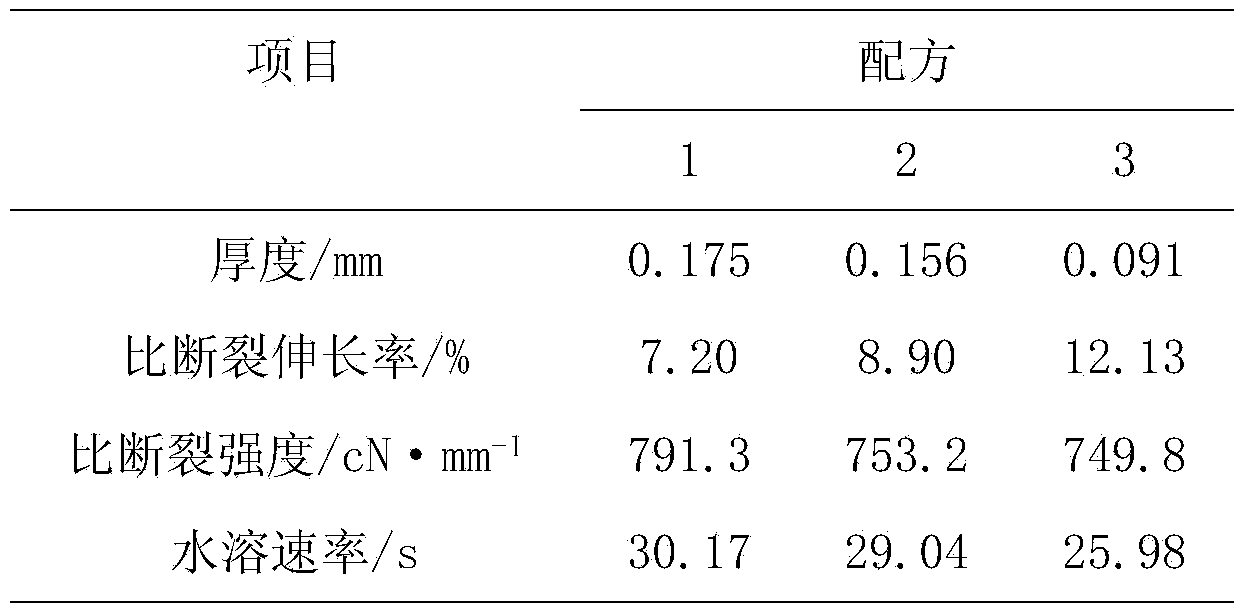Size mixing process of ceiba or cotton blended yarn
A cotton blending and sizing technology, used in textiles and papermaking, fiber processing, plant fibers, etc., can solve the problems of high hairiness and poor wear resistance.
- Summary
- Abstract
- Description
- Claims
- Application Information
AI Technical Summary
Problems solved by technology
Method used
Image
Examples
Embodiment 1
[0077] The sizing process of the kapok or cotton blended yarn is as follows: sizing is carried out according to the following steps: 20% water is added in the sizing tank, and high and low speed agitators are started; then 0.5% talcum powder, Put 2.5% low-viscosity modified starch, 1.5% compound modified starch, and 0.5% polyacrylic acid into the pressure mixing tank: add 75% of the remaining water to correct the mixing volume, close the top cover of the pressure mixing tank; open The steam valve is heated, and when the temperature reaches 115°C, the steam inlet valve is automatically closed, and the pulp is stuffed, that is to say; among them:
[0078] Mixing temperature: When the temperature in the pressure mixing tank rises to 90°C, all the cold air in the barrel is exhausted, the high pressure is converted, and the exhaust valve is automatically closed. When the temperature in the barrel rises to 115°C, the intake valve is automatically closed. The pulping is completed;
...
PUM
 Login to View More
Login to View More Abstract
Description
Claims
Application Information
 Login to View More
Login to View More - R&D
- Intellectual Property
- Life Sciences
- Materials
- Tech Scout
- Unparalleled Data Quality
- Higher Quality Content
- 60% Fewer Hallucinations
Browse by: Latest US Patents, China's latest patents, Technical Efficacy Thesaurus, Application Domain, Technology Topic, Popular Technical Reports.
© 2025 PatSnap. All rights reserved.Legal|Privacy policy|Modern Slavery Act Transparency Statement|Sitemap|About US| Contact US: help@patsnap.com



